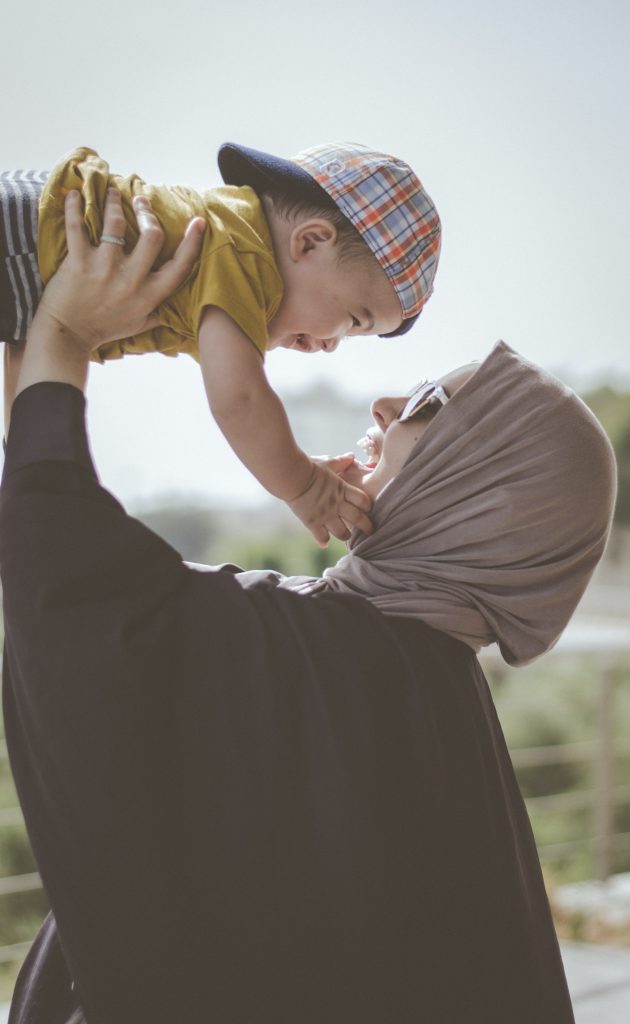During the first week of the school year, I told my students how lucky they were to have their bilingualism supported and valued. I shared with them how bilingual education wasn’t an option for me, growing up in New Jersey. Instead, I was automatically labeled with “ESL” {English as a Second Language} and I didn’t learn Spanish formally. I also reminded them that their parents were most likely encouraged to lose their Spanish and not speak it at all in school. Unfortunately, this was something that happened far too often with older generations.

Thankfully, for the most part, this isn’t the world our children are growing up in. My son is currently in a dual language program, where his Pre-K class is 90% in Spanish and 10% in English. Seeing him now, coming home with Spanish songs about letters and shapes, makes my heart burst with pride. Knowing his bilingualism is being celebrated is a blessing I will always be thankful for.
No Win is Too Small to Celebrate
 October is Celebrating the Bilingual Child Month, and believe me, there is no language win too small to celebrate. We at home celebrate every new word our son learns, whether it’s in Spanish or English. We encourage his translanguaging and code switching, all the beautiful ways his Spanglish comes out. We don’t shame or correct when both languages show up in a sentence, because it is entirely natural for bilingual speakers.
October is Celebrating the Bilingual Child Month, and believe me, there is no language win too small to celebrate. We at home celebrate every new word our son learns, whether it’s in Spanish or English. We encourage his translanguaging and code switching, all the beautiful ways his Spanglish comes out. We don’t shame or correct when both languages show up in a sentence, because it is entirely natural for bilingual speakers.When my own bilingual fifth graders step out of their language comfort zone to try the less dominant language, I shine my metaphorical spotlight on them. This, I tell them, is how we become truly bilingual, when we let go of silly fears and doubts, for the sake of language learning. If we pronounce things a little off, that’s okay. If our sentence structure isn’t just right, that’s okay. If our spelling is missing a few letters here and there, that’s okay. This is all part of becoming truly bilingual.
Learning Languages Organically
 At home, we play loteria {Latinx American Bingo} in Spanish. We watch our favorite shows and movies on Disney+ and Netflix in Spanish. We dance around the house listening to Selena and Camilo, two of our favorite Latinx American singers. We read authentic Spanish books from Latinx American authors and illustrators. And we also practice our English. On playgrounds, with cousins, with Target and H-E-B employees, there are many opportunities for him to develop his second language.
At home, we play loteria {Latinx American Bingo} in Spanish. We watch our favorite shows and movies on Disney+ and Netflix in Spanish. We dance around the house listening to Selena and Camilo, two of our favorite Latinx American singers. We read authentic Spanish books from Latinx American authors and illustrators. And we also practice our English. On playgrounds, with cousins, with Target and H-E-B employees, there are many opportunities for him to develop his second language.Language learning happens organically in our family. No stress, no pressure. We have found a beautiful balance in our bilingual home, and while it’s taken a great deal of effort, I’m so glad to have started this bilingual parenting journey.
Find Your “Why”
 I can’t tell you how often I hear from other moms: “I wish we had raised our children bilingually!” To which I always want to respond with: “It’s never too late.” With my students, I often share that I almost lost my Spanish in high school. I wasn’t using it much at school other than in my Spanish class, and since my parents spoke enough English, I didn’t need it at home either. I could feel it slipping away. I had to reclaim my Spanish as a means of reclaiming my roots. That was my “why,” and it motivated me to be intentional about practicing Spanish more at home and asking my parents not to let me respond in English.
I can’t tell you how often I hear from other moms: “I wish we had raised our children bilingually!” To which I always want to respond with: “It’s never too late.” With my students, I often share that I almost lost my Spanish in high school. I wasn’t using it much at school other than in my Spanish class, and since my parents spoke enough English, I didn’t need it at home either. I could feel it slipping away. I had to reclaim my Spanish as a means of reclaiming my roots. That was my “why,” and it motivated me to be intentional about practicing Spanish more at home and asking my parents not to let me respond in English.
Fast forward 15 years, and I am now a bilingual elementary school teacher, raising my son with the minority language at home. My “why” from 15 years ago is still enough today, and it will carry me through many years of bilingual parenting to come.













